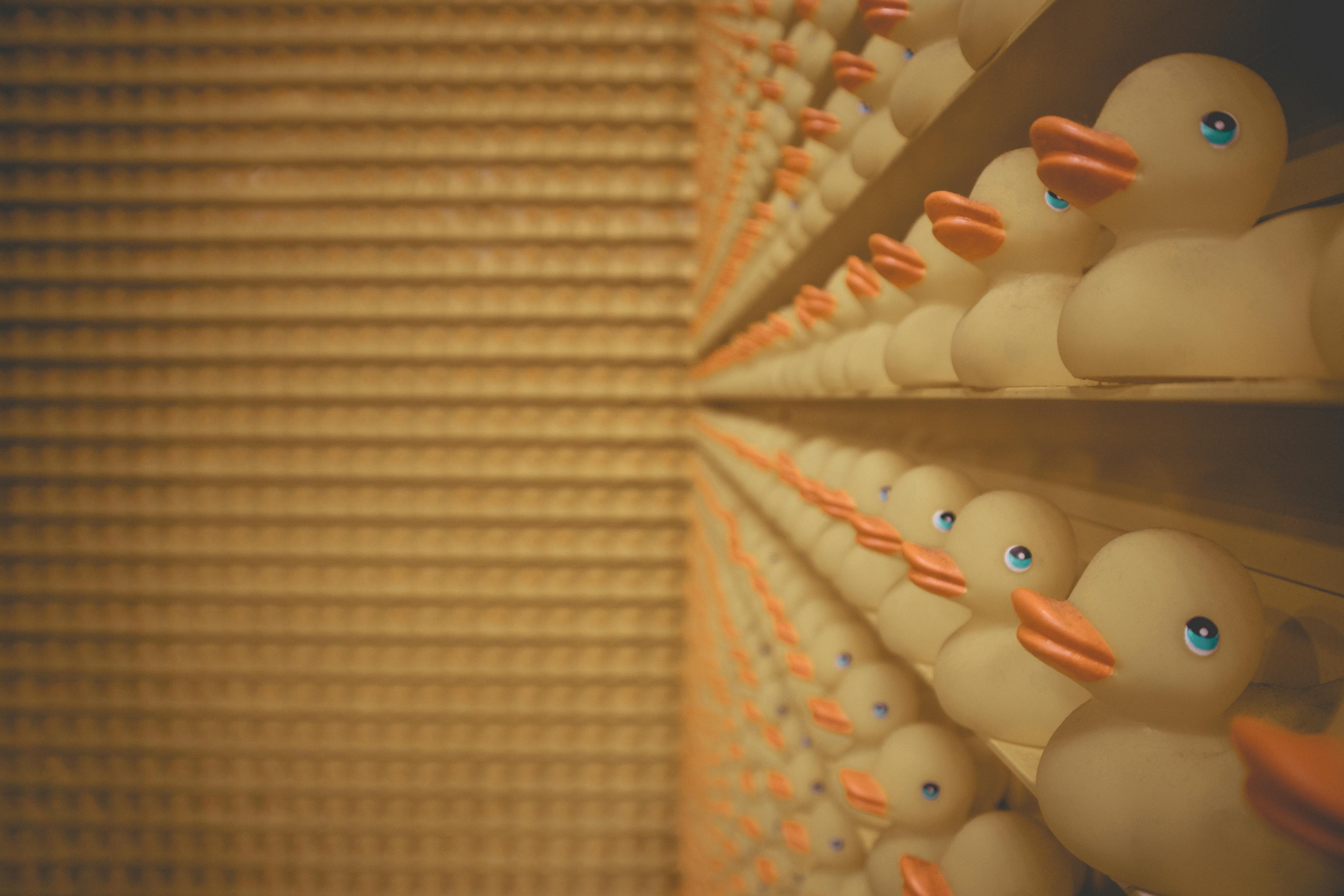
It is interesting that a lot of initiatives in MEE over the past 5 years have meant that we were swiftly able to move to online teaching for the Faculty’s practical requirements. I have always been interested in the interplay of teaching, practice and assessment and have long been a believer in the concepts of “Constructive Alignment”. This concept was first promulgated by Prof John Biggs in 1999 and in a way is a statement of the obvious. I have developed my teaching to align in this way and when I was told about it by a colleague I thought that that’s what I have been doing, but hadn’t yet put it into words.
When I started using the University’s VLE in the early 2000’s and started to write online quizzes to support my teaching, I also began to use similar multiple choice questions as the part A of my exam to ensure that students had engaged with the basics of my subject (thermodynamics). Longer questions tested how good they were. When we introduced in class feedback using clickers (TurningPoint) I used this to introduce, using the same type of multiple choice questions, students to the key things that they had to know and be able to do to achieve the learning outcomes. Examples that I went through in class showed them how to engage with longer questions, similar to the tutorials and the part B) of the exam questions. Then I introduced a minimum mark for the part A) of my exam which if they got, they would get 40 marks; with the rest of their mark from the longer question forming the grade. So what I had created here was a Threshold Assessment (what students to know to pass the Learning Outcomes) and Mastery (how good they are). Separate assessment for both, for different purposes, but using Constructive Alignment for each.
These concepts formed some of the basics of MEE’s approach to the practical experience. I recast the lecture, the practice and the assessment into the prelab, the lab and the postlab, with the prelab being compulsory and delivered online. The prelab is an online preparation for the experiment itself. It provides a high quality introduction to the experiment for the students before they engage with the practical itself. Students need to do this as they contain the Health and Safety for the experiment, but we also use them to prepare students for the experiment so that their time in the laboratory can be used effectively doing the work as opposed to reading about the experiment or the theory. We can be sure that theory (if needed), introduction to the equipment and even sample calculations can done before the students attend their laboratory session. The prelab thus became a vital tool in our teaching. When face to face teaching stopped, and student access to labs was impossible, we didn’t stop the experiments, we though about how we would satisfy the Learning Outcomes that we were delivering with departments, but in a different manner. Our basic approach was to increase the prelab so that it incorporated the experiment too.
The whole team in MEE is therefore well equipped to deliver online practical teaching when face to face teaching was curtailed in March 2020. Our organisation and administration mean that we know who is coming to each experiment and when they are due. It was thus straightforward to produce a list of the remaining experiments that students needed to conduct. The large laboratories that we have in The Diamond mean that we can get a complete cohort through in a short timespan, so we had a finite number of remaining sessions for large number of students to deliver. The 13 academic staff, 30 teaching technicians and our handful of administrators, thus had about 6 weeks to move the teaching online (including the Easter break) to move the experiments online. As a team, we created videos of the equipment and the running of it, simulated and collected data for students to engage with as much of the learning as was possible. This used the skills already in hand from our work on pre-labs and extended them. This was done across the board in subjects ranging from heat transfer, our pilot plant for pill production, control and instrumentation and robotics.
We all appreciate that the actual students running experiments, acquiring data and making mistakes will be missing from this experience, but in the short to medium term, it is a reasonable experience for them. As we have been working for the past years on integrating practical work into courses to directly support them, it was not an option to just stop doing them. The work we have done will not be wasted. It will be useful for student retake labs. Also, the additional skills and concepts we have developed will mean that our prelabs will be more effective in future meaning that the time spent by students in our laboratories will be even more effective as they will come in better prepared.
I have sketched out a journey from some ideas, some technology and building on them to take a department and faculty to new ways of teaching and enhancing the student experience. Fifteen years ago, no one was anticipating the COVID19 shutdown, but the tools and capabilities created by striving to do things better have allowed the flexibility to deliver a reasonable student experience under extraordinary circumstances.
Stephen Beck (Head of Department)
